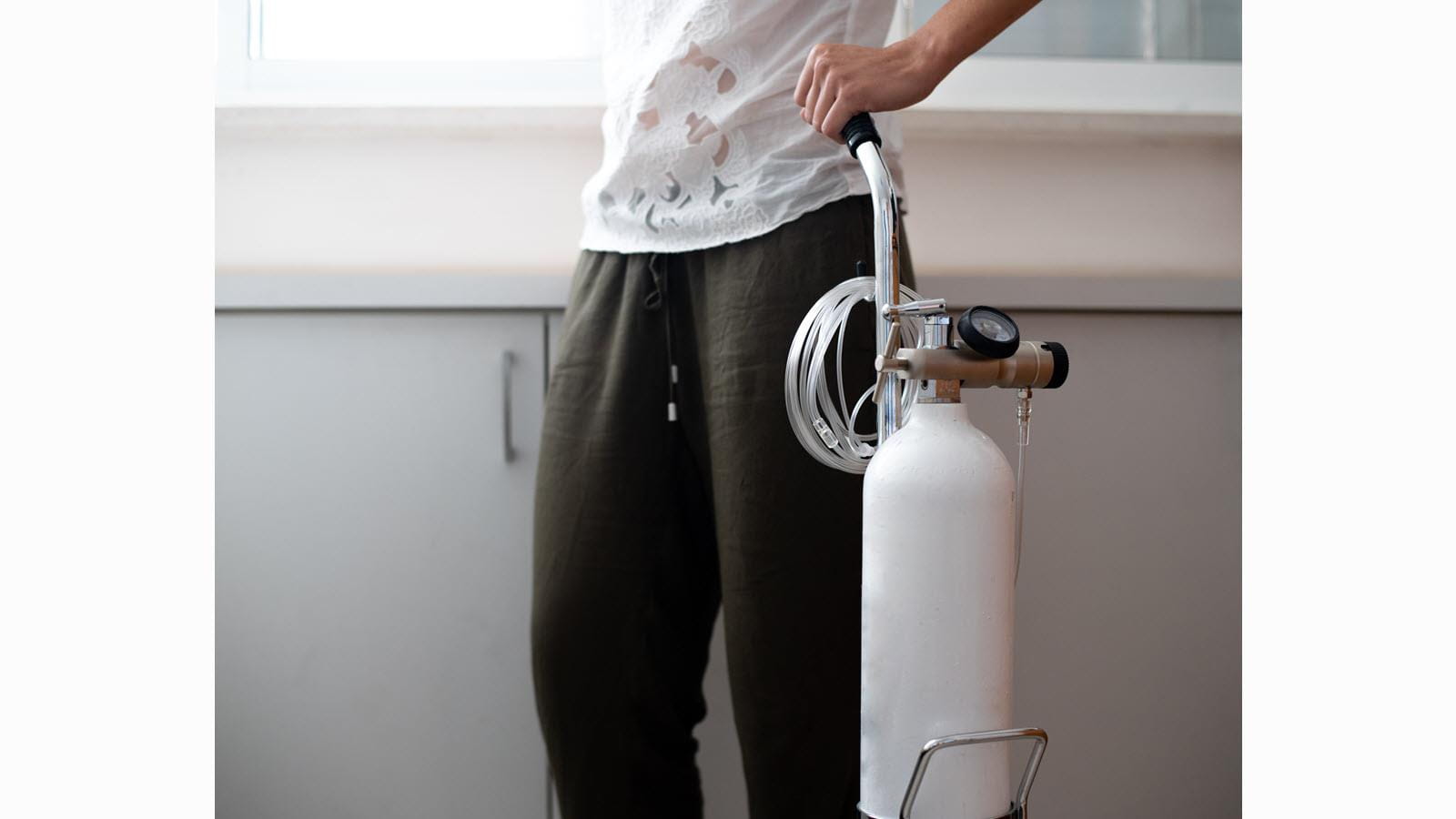For patients who live with Alpha 1 Antitrypsin (Alpha 1) and other lung diseases, not having enough oxygen is life-threatening. It’s needed by every cell in the body to sustain life and keep organs functioning. Supplemental oxygen therapy can help and some patients need it 24 hours a day.
But getting access to liquid oxygen, including portable units, can be difficult for U.S. patients who need them, according to more than 25 advocacy and patient organizations that are calling for congressional action in the Four Pillars for Oxygen Reform.
The joint statement, supported by groups such as the Alpha-1 Foundation and the American Lung Association, asks legislators to address gaps created by a 2003 Medicare change that was intended to lower costs. Instead it increased the cost of liquid oxygen, making it more difficult for patients to get access to tanks and portable units that can increase quality of life, said Miriam O’Day, Senior Vice President, Government Affairs at the American Association for Respiratory Care. It also impacted the ability of respiratory therapy providers to provide these services, she said.
Medicare claims from 2010 and 2020 show use of liquid oxygen dropped by 80 percent even though respiratory disease patterns remain unchanged, according to O’Day.
While the issue is well known by patients and caregivers, the Four Pillars are intended to raise broader awareness. The first pillar calls for supplemental oxygen to be “patient-centric” and to change the terminology from “home oxygen” to “supplemental oxygen” to ensure people requiring oxygen can live full lives outside their homes.
Without portable oxygen, a patient might be sentenced to the confines of their home, tethered to an oxygen tank and restricted by how long their supply hose is, National Assistant Vice President for Advocacy of the American Lung Association Erika Sward said. A patient story submission Sward received on Lung.org from an Alpha 1 patient tells that story.
“She had a 50-foot hose hooked up to her tank,” Sward said. “She lived in an apartment and could go to her kitchen and use her bathroom, but she could not do her laundry because it was 52 feet away from the tank, let alone leave the house. If that patient had more appropriate access to the correct type of oxygen, it would be absolutely life changing.”
Other pillars ask for protections that ensure access, provide adequate reimbursement for respiratory therapists and protect against insurance claim fraud and abuse.
In addition to talking with Congress regarding the four pillars, Sward says the American Lung Association is asking patients to share stories about how these policies are impacting their lives. Learn more and share your story.



